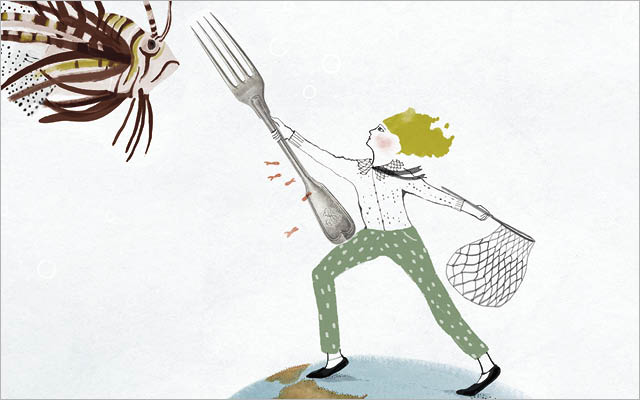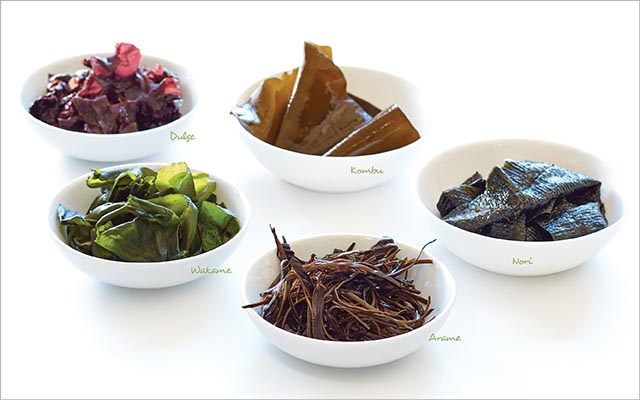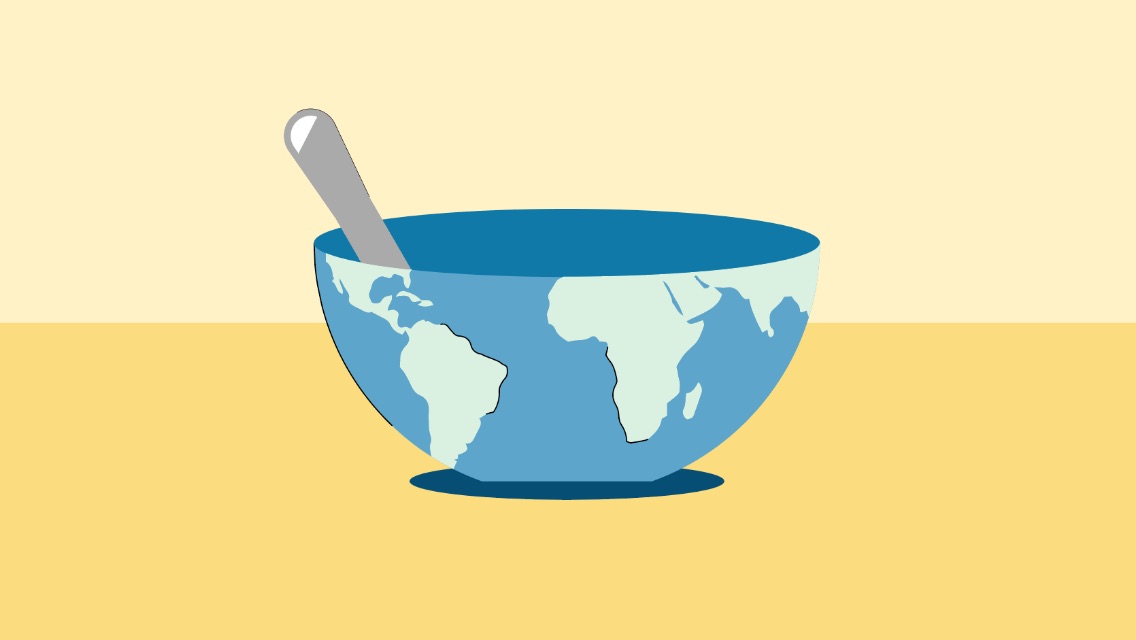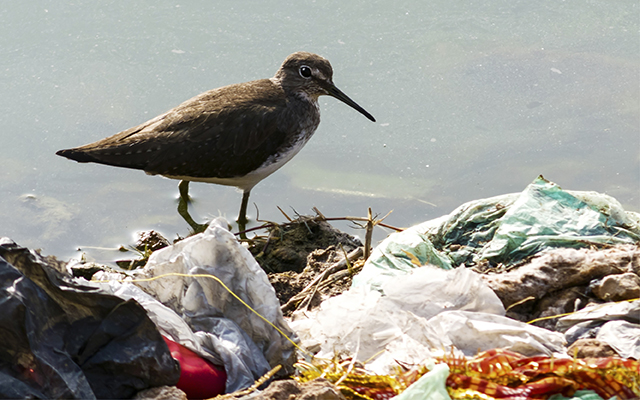It’s not often that you get to eat your enemies. But sometimes it’s the best option.
The enemy I was preparing to devour one tropical evening when the Bahamian sky was all sherbet clouds was a beauty. A regal stunner famous for its peacock’s crown of feathery black-and-white spines. I looked down at my plate: So, finally we meet, you venomous, cruel beauty — you lionfish!
Now, lionfish are not my enemy particularly, but they are the enemy of many people, places, and things. In their native waters — that is, in the seas around India, Indonesia, and Australia — they’re beautiful fish that people are happy to view. But during the latter part of the last century they began turning up off the coast of Florida; by 2005 they’d invaded the Bahamas.
Hurricane Andrew was partly to blame, flooding a private aquarium in southern Florida that released several of the fish. Some researchers also point to thoughtless aquarium owners who dumped their lionfish into local waterways.
Each female lionfish is capable of laying 2 million eggs a year, so the invaders wreaked havoc in a hurry. They ate everything — tiny coral-reef fish, tiny tuna and mahi-mahi before they could grow into big tuna and mahi-mahi, plus a few dozen types of fish and mollusks that aren’t familiar to most casual ocean watchers but are critical to the health of coral reefs.
When lionfish invade a reef, they can reduce juvenile fish populations by nearly 90 percent in as little as five weeks. They present one of the greatest dangers to Caribbean and western Atlantic waters.
Worse, they have no native local predators. Worse still, they’re hard to catch because they can hide in all the nooks and crannies of a coral reef.
Needless to say, they have no general economic value. Who wants invaders? No one. Ask anyone sitting nearby: “Would you like some invaders?” No one ever says yes.
You can, however, as a tourist with a yen to do something good for the planet, eat them. The first one I ate during my trip to the Bahamas was served fried — two little fillets — and then a great big fish itself was fried, its spines ballooning out, so that I could look at it and say, “That’ll teach you to destroy some of the world’s most precious and beautiful habitats!”
It tasted like fried whitefish. Later, I had another lionfish as ceviche, the flesh treated with lime and pressed into a pretty rectangle with mango and strawberry. I could taste the buttery flesh, like escolar or a mild sturgeon.
It was delicious.
“Score One for Us.”
“It feels good, right?” asked Eric Hall, with whom I was dining. Hall grew up in the Bahamas, part of the generation that witnessed the lionfish invasion and was helpless to prevent it. He is also part of the generation that put a bounty on the invaders to entice expert spearfishers to dive among the reefs and catch them.
Hall works at Atlantis, a Bahamian resort featuring an 11-million-gallon aquarium system and a commitment to helping the environment however it can. Aquarists collect sea-turtle eggs from display habitats, for instance, hatch them out, and release them on safer beaches, where they may return to lay their own eggs.
Atlantis is where local authorities bring injured adult sea turtles and sick manatees to be rehabilitated and released, if possible. (I noticed a turtle missing most of its front flipper leading a quiet life in a lagoon near the casino.) When Hurricane Katrina destroyed a Gulfport, Miss., aquarium, the stranded dolphins ended up here.
I swam with one of these dolphins and fed it silvery fish. I was vaguely anticipating one of those transporting, spiritual experiences that people are always writing about, but I found the dolphin to be more like a very happy, very large dog. I’ll never forget the heavy, leathery feeling of her belly, or the impatient squeaks she uttered, requesting more fish, or that big, funny dolphin smile.
In short, this impressive resort on this fragile island is a place that attracts tourists who care about the environment, and a place where local employees can steer the economic might of the company toward improving their home. And that’s what they did, when it came to lionfish.
The guy who delivers these enemies to Atlantis is known simply as Mr. Brown. “It’s not easy to spearfish: You have to navigate the reef, and they’re good at hiding,” Hall said, eating the other half of my enemy. “But we make it worth his time,” referring to Brown.
Lionfish is served at a few Atlantis restaurants, including Fish by José Andrés, which specializes in sustainably harvested seafood, and Olives. They’ve made a point of teaching chefs to fillet the invaders and remove the venomous spines.
“As a person living and working here for so long, even with ocean conservation being such a strong part of our identity and culture, you would still get this helpless feeling,” Hall said. “What can you do, besides watch? The first time I ate one it felt so good — score one for us.”
He’s not alone in his enthusiasm, according to the chef at Fish by José Andrés. Diners love to take selfies with the fried delicacy.
Fighting Denial
The idea of eating invasive species has taken hold beyond the Caribbean, as well. Some people even call it “invasivorism” (though “invaderism” sounds better to me).
At EatTheInvaders.org, you can learn about eating a wide range of invasive species, including armored catfish (which have invaded the Gulf Coast), green crabs (Northeast coast, Pacific Northwest), and garlic mustard (throughout North America). The site also offers recipes, so you can create your own invasive-species dinner parties.
I’ve attended a few of these dinner parties in my time, but none has ever touched me as profoundly as that first plate of lionfish. Maybe it’s because I spend most of my days landlocked; climate change is something I only read about.
But in the Bahamas, where the sea laps all around and a whole island can be nothing more than a gentle rise amid the endless blue water, it’s an imminent threat. In fact, the UN’s Economic Commission for Latin America and the Caribbean estimates that some 12 percent of the country will be lost to rising seas if trends continue unchecked through 2050.
Maybe if more people could look out at this fragile seashore, with its dipping birds and birthday-cake skies, and see all the beauty and grace to be lost, they’d want to preserve this, too. I’ll always believe that some part of the rejection of climate-change science comes from the all-too-human state of grief known as denial — refusing to consider that our Earth is fragile, that our home is in peril.
Luckily, there are many all-too-human ways to greet a crisis, to meet a tragedy. And as I pushed away from the table after my lionfish ceviche, I felt grateful for once to be able to eat my feelings, productively.




This Post Has 0 Comments